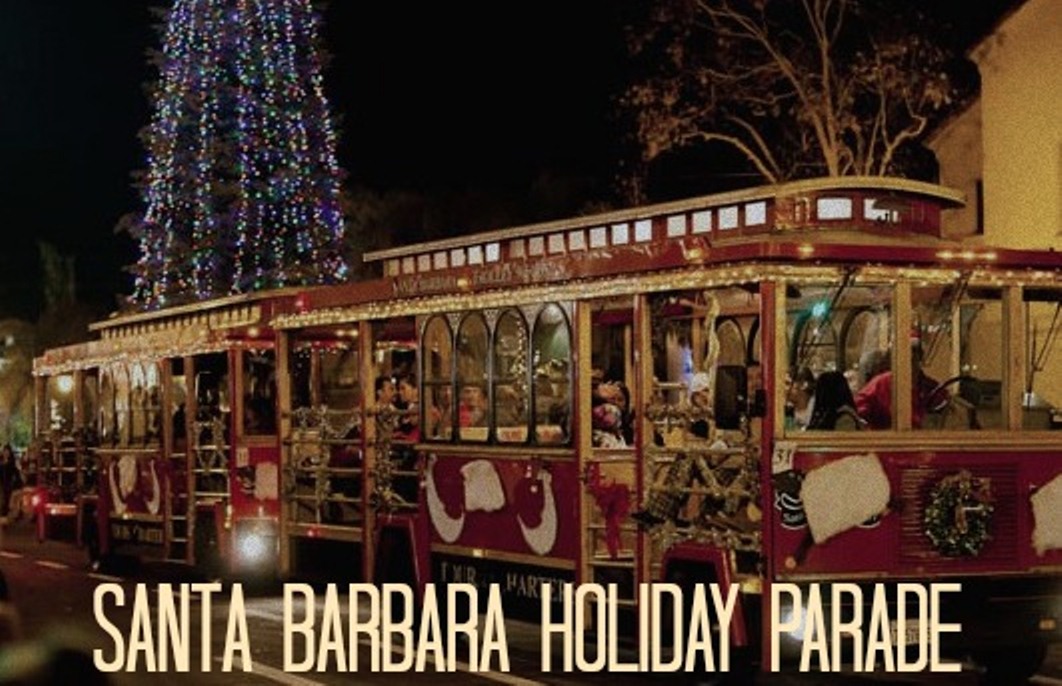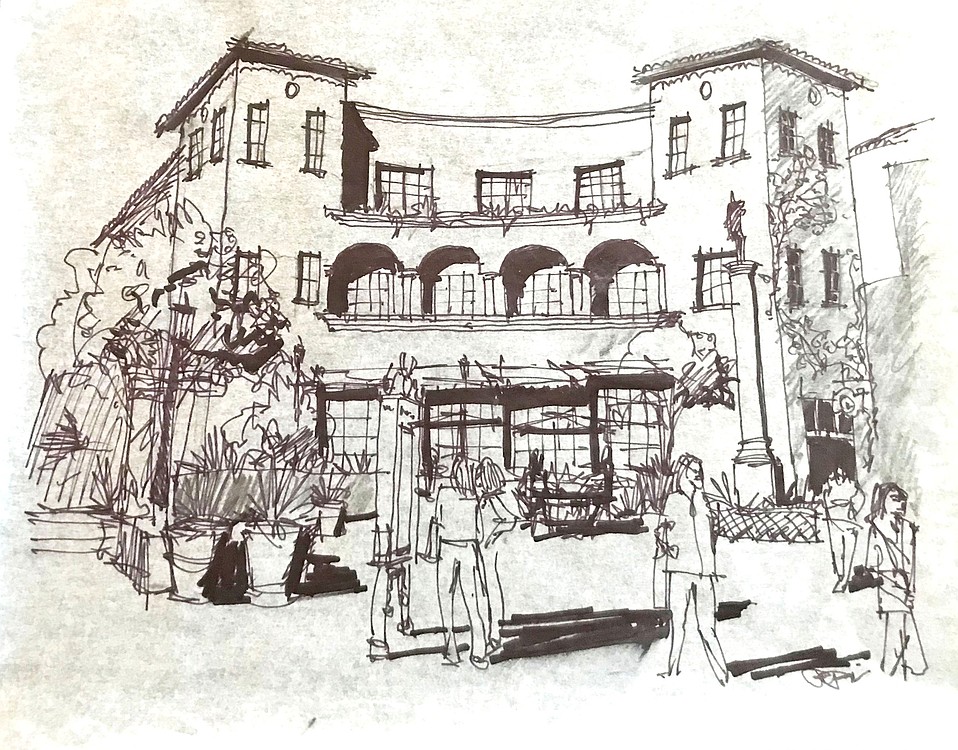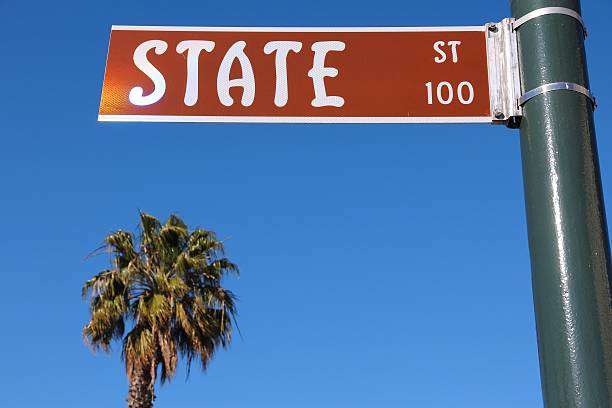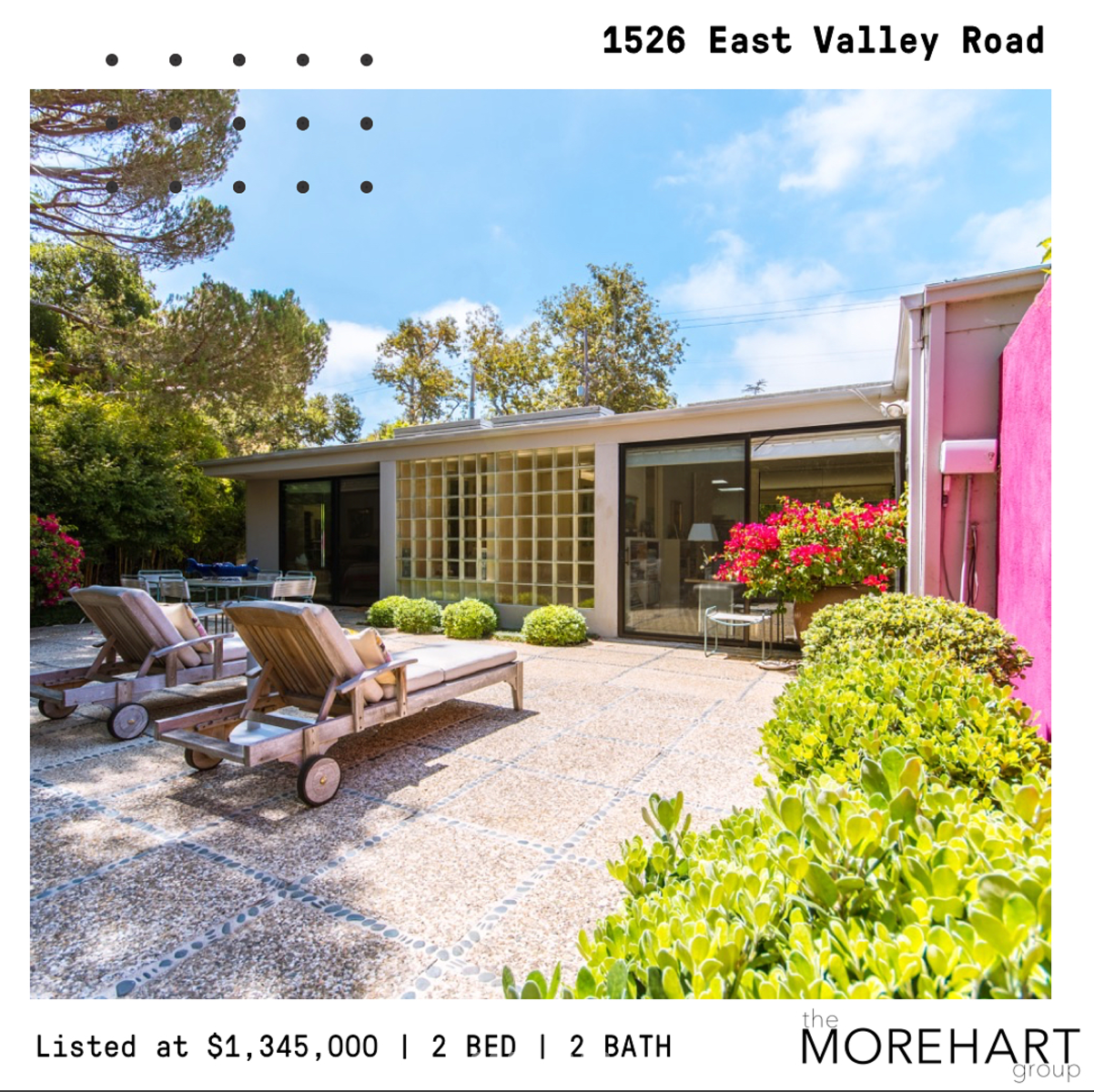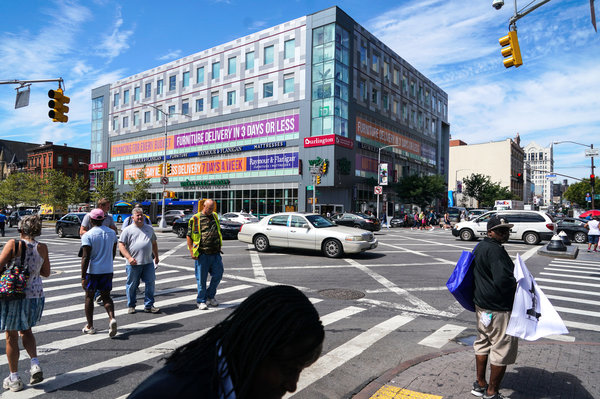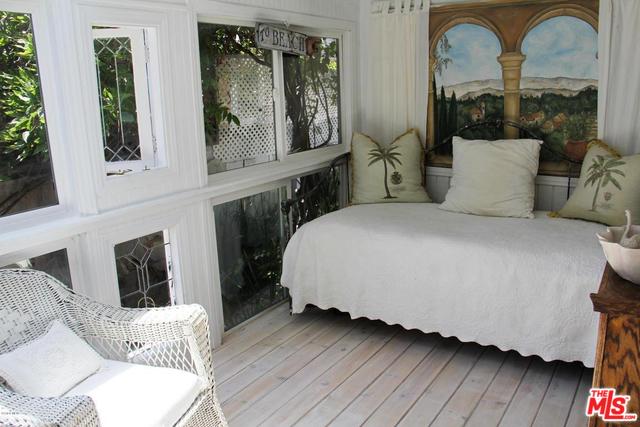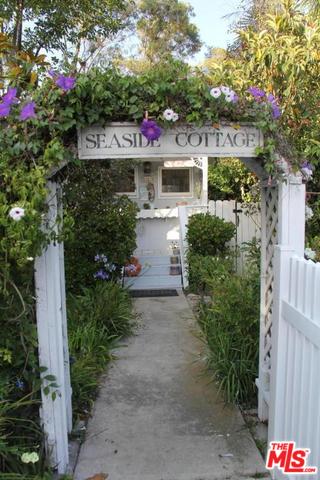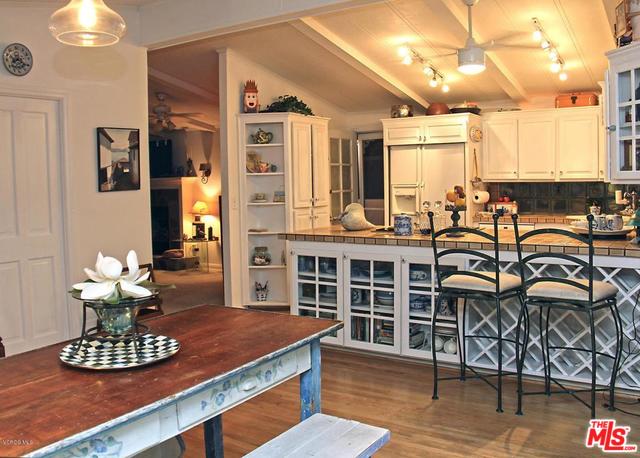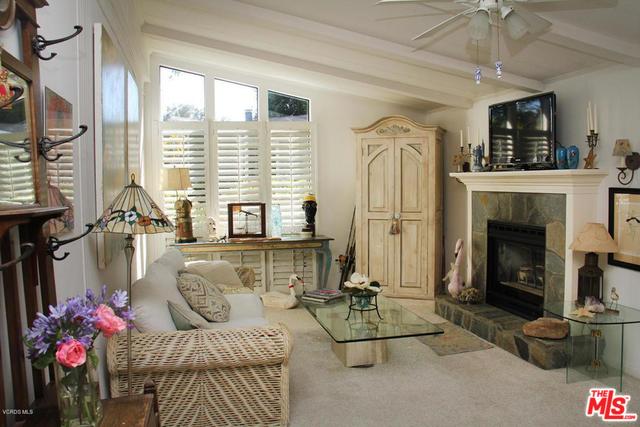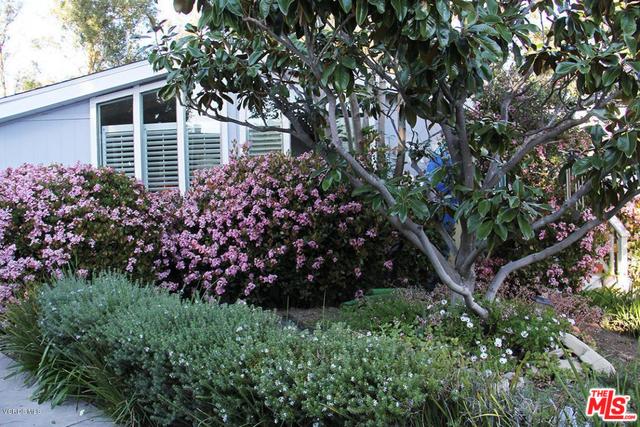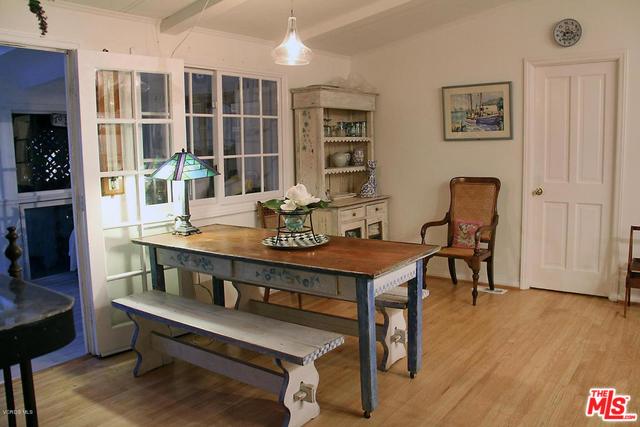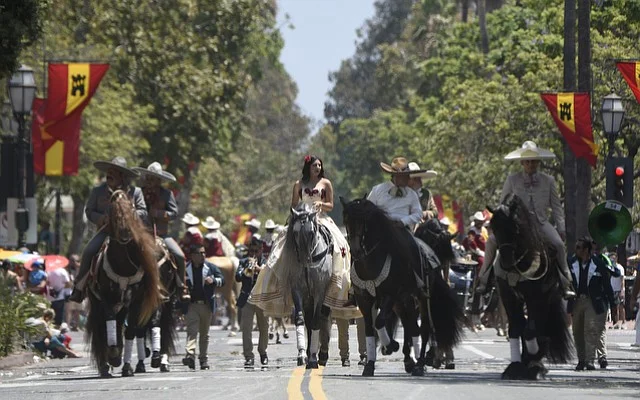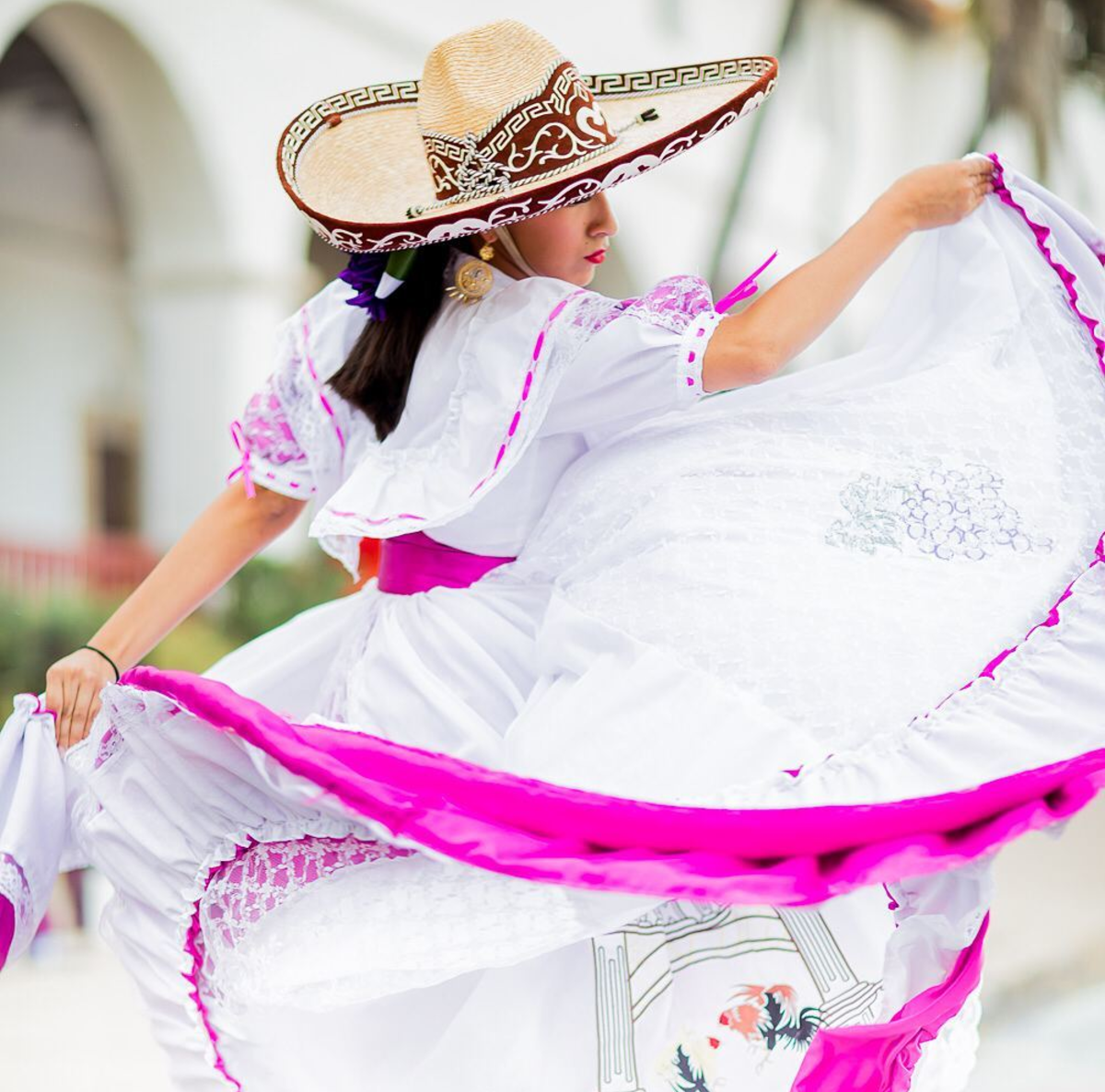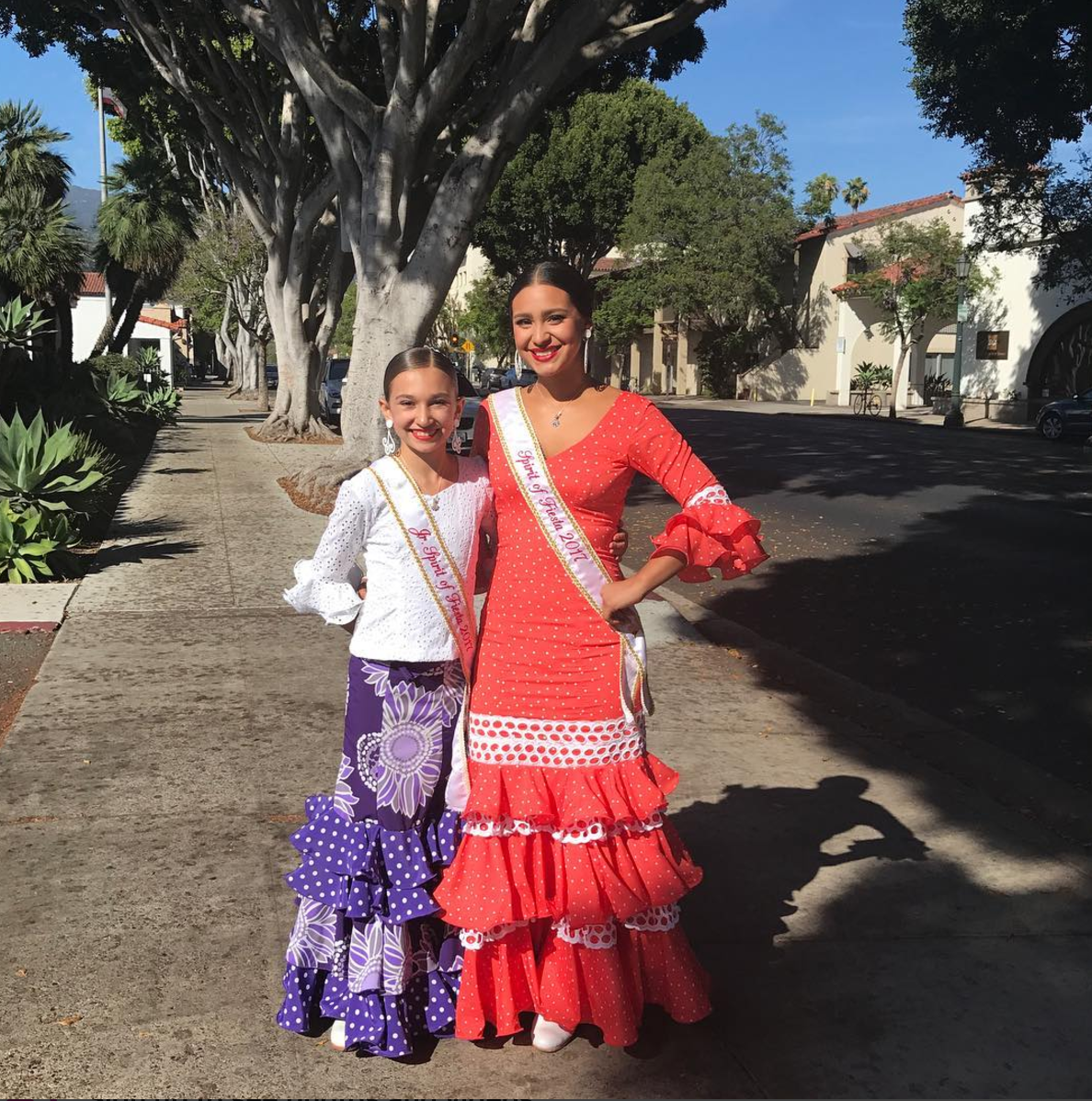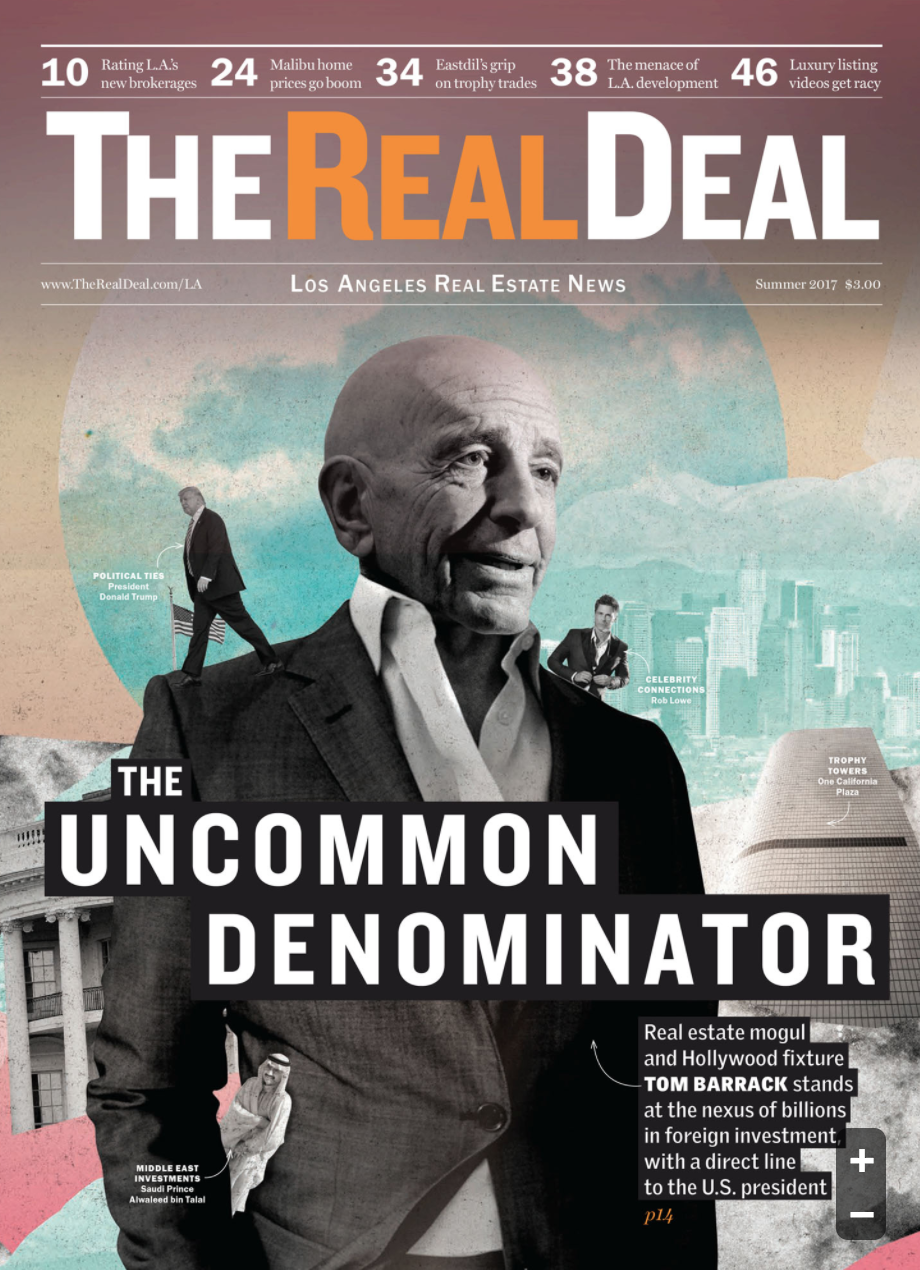Celebrated on the Tuesday after Thanksgiving, Giving Tuesday was launched in 2012 by the 92nd Street Y cultural center in New York City and the United Nations Foundation in response to post-Thanksgiving commercialization and consumerism.
The Giving Tuesday website describes the rapidly growing movement as “a global day of giving fueled by the power of social media and collaboration,” which is meant to kick off the charitable season.
“#GivingTuesday connects diverse groups of individuals, communities and organizations around the world for one common purpose: to celebrate and encourage giving,” according to the website.
Individuals are encouraged to use the #GivingTuesday hashtag to spread the word about the day on their social media accounts and share all the ways they’re giving back — locally and globally — following two days dedicated to post-Thanksgiving holiday spending.
Noozhawk will be participating in Giving Tuesday for the first time this year through its social media channels, reminding readers that Nov. 28 marks the sixth year of the campaign and highlighting local nonprofit organizations that have partnered with the hyperlocal news site to be part of the movement.
Digitals ads around the site link to Noozhawk’s 2017 Giving Tuesday Nonprofit Guide, a brand-new feature of Noozhawk’s second annual Good for Santa Barbara special section, which officially launches on Nov. 28.
The Good for Santa Barbara section, sponsored this year by Montecito Bank & Trust, takes an in-depth look at philanthropy and charity, covering the local nonprofit community as the industry and economic driver that it is.
“When we were planning our annual Good For Santa Barbara project, we wanted to extend the spirit of philanthropy to also include direct benefits to our local nonprofit organizations,” said Kim Clark, Noozhawk’s vice president of business development and a partner in the 10-year-old company.
Kim Clark, Noozhawk’s vice president of business development, sees a natural bridge between the global Giving Tuesday movement and the hyperlocal news site’s annual Good for Santa Barbara special section. “Giving Tuesday creates (a) timely opportunity, enabling nonprofits to capitalize on the scope and reach of our reporting and the issues it raises,” she says. (Noozhawk photo)
“Giving Tuesday creates that timely opportunity, enabling nonprofits to capitalize on the scope and reach of our reporting and the issues it raises.”
Clark said it also is important to consider the bigger picture.
“As a global movement,” she said, “Giving Tuesday not only benefits our local community, but also unites countries by sharing our capacity to care for and empower one another through collaboration and social media.”
Since launching in 2007, Noozhawk has been a stalwart supporter of local nonprofit organizations and causes through news and iSociety coverage, heavily discounted advertising, sponsorships, a media grants partnershipwith the Hutton Parker Foundation, training sessions and a wide range of community collaborations.
Clark noted that Noozhawk has seen its readership “grow by leaps and bounds, as digitally delivered local news and information becomes more and more entrenched within peoples lives.”
With Noozhawk’s recent 10th anniversary milestone, she said it made sense for the company to take one more step and get directly involved in the promotion of Giving Tuesday campaigns.
“Digital and social media offer huge potential to reach across geographic and cultural boundaries,” Clark said. “If it’s good for the world to embrace collaboration between businesses, nonprofits, civic organizations, families and individuals on this global day of caring, it’s good for Santa Barbara County.”






